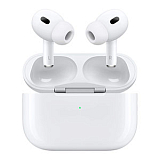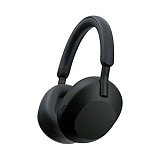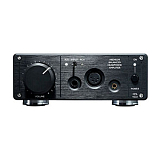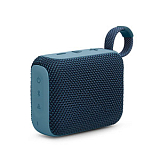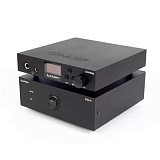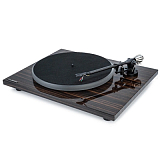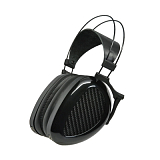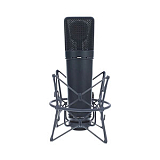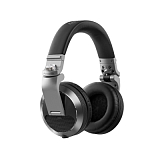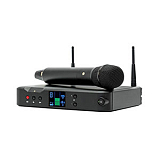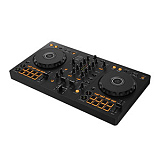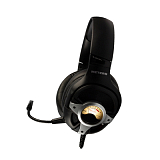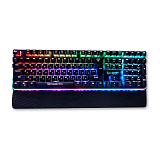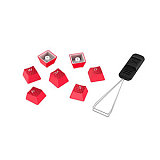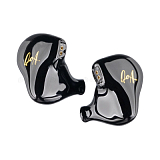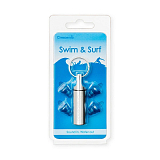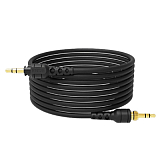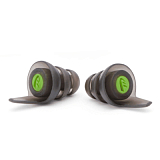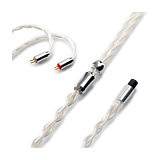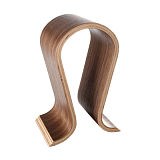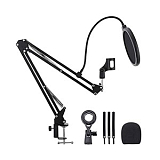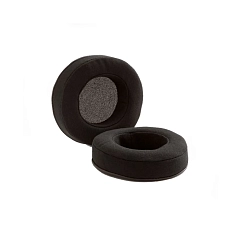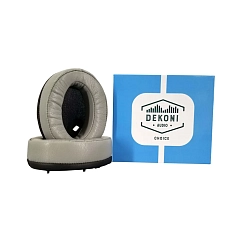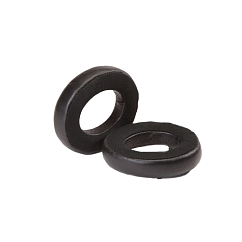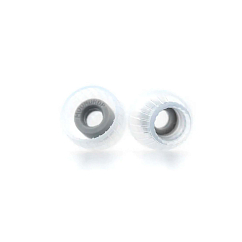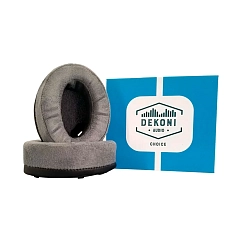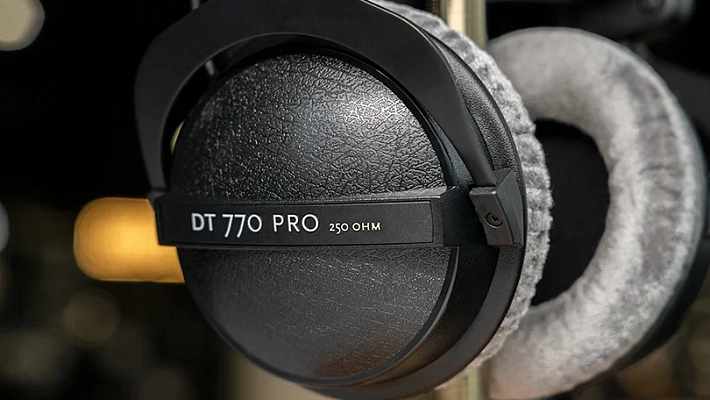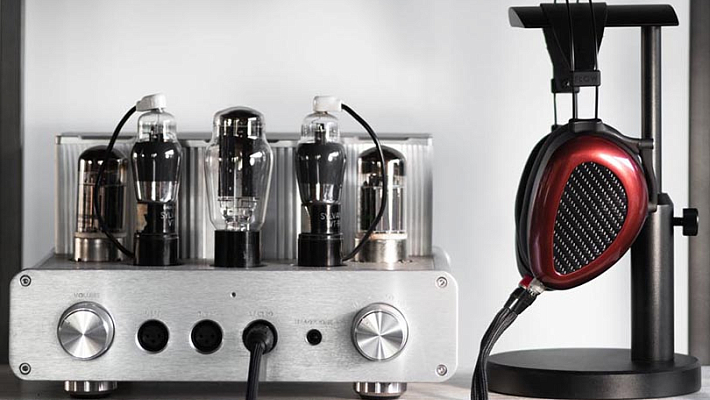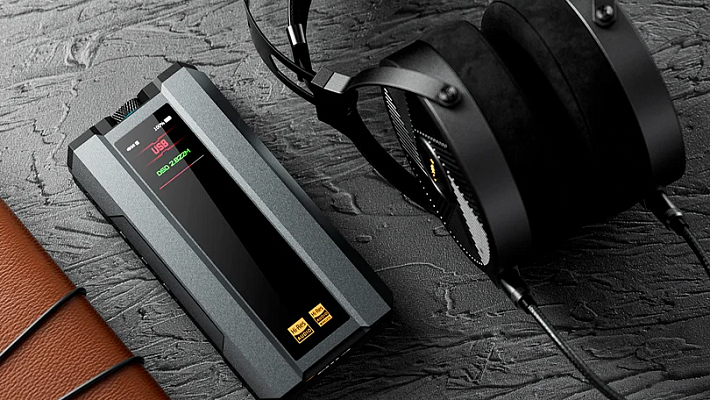Headband Headphones Design

Content
Choosing quality headphones for home without certain knowledge is almost impossible. In this article, we will tell you how, from what, and why headphones are made, and what nuances to pay attention to when choosing headphones for home. Note that in this article we are only considering headphones with a headband - full-size and on-ear.
Let's start by breaking down the components of the headphones:
Headband
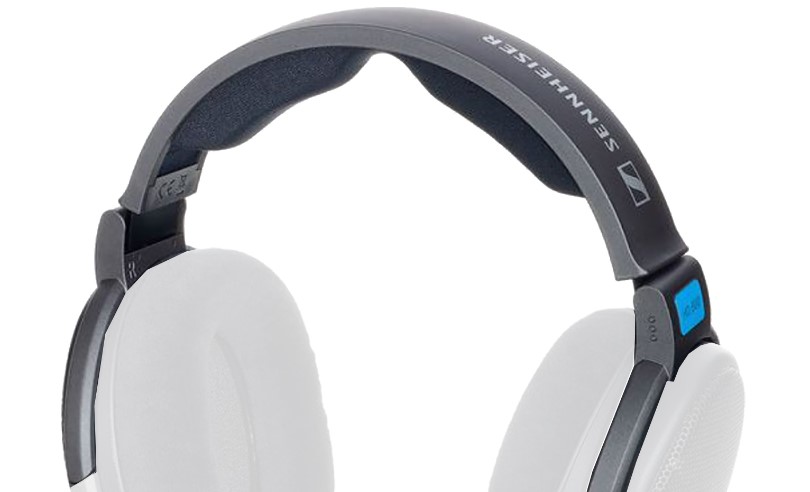
The main component of the design serves for improved fit on the head and connects the ear cups. When choosing, it is important to pay attention to the comfort and reliability of the design. It's good if the headband is reinforced or made of metal. Another point - the simpler the design, the less likely it is to break with intensive use.
There are several main types of headbands:
Sliding Headband
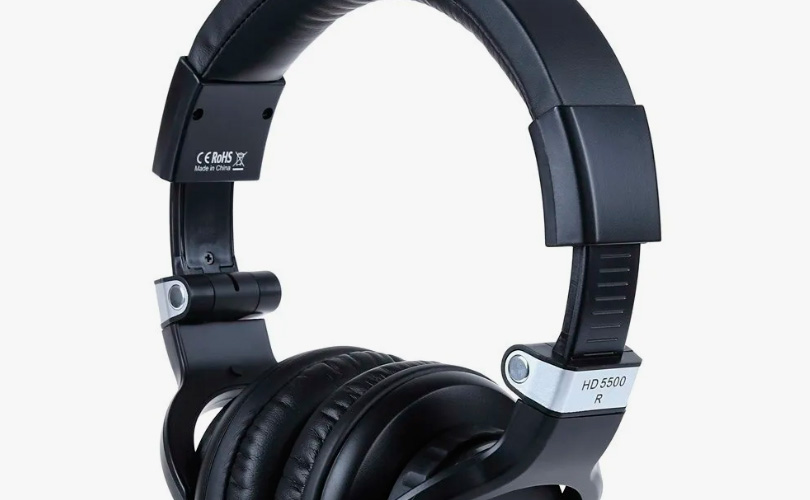
It is used in the vast majority of headphones. With the right approach and use of good materials, it is very reliable and convenient. Adjustment to the head is done manually, by sliding both sides to the desired size. Some headphones use metal headbands, providing additional reliability (for example, SONY MDR-7506, Audio-Technica ATH-M50 and Sennheiser HD 650). On some metal inserts, the sizes are marked with numbers (from 1 to 10), which is especially convenient if several people use the headphones, just remember the numbers and don't adjust the size each time. However, plastic headbands from reputable manufacturers (Audio-Technica, Beyerdynamic, Dan Clark, Sennheiser, etc.) are also quite reliable and do not cause much concern. Sliding headbands often use additional mechanisms. For example, almost any foldable headphones add a hinge for rotating the ear cup in the design. Naturally, additional moving parts affect reliability, so be sure to pay attention to how reliable this element is.
Self-adjusting Headband

Very reliable construction. Usually, the pressure arches are made of metal, and the band that presses against the head is made of leather or leatherette. Headphones with such a fixation system sit very comfortably on almost any head, distributing the weight of the headphones over the entire area of contact. Sennheiser and Audio-Technica most often use this type of headband.
Molded Headband
Not a very common mount, but quite reliable. The headband is usually made of resilient plastic, and the adjustment to the head is done by moving the ear cups themselves. Although it may seem unreliable, this method of attachment is in no way inferior to the previous two. And due to the simplified design, it is very lightweight, which also positively affects comfort.
Ear Cushions/Cups

Depending on the size/use of earpads, headphones are divided into two types: "Over-ear / Full-size" and "On-ear".
Over-ear Headphones

Full-size headphones are the most comfortable, as their ear cushions completely cover the ear, not touching it, and thus do not cause irritation during prolonged use.
On-ear Headphones
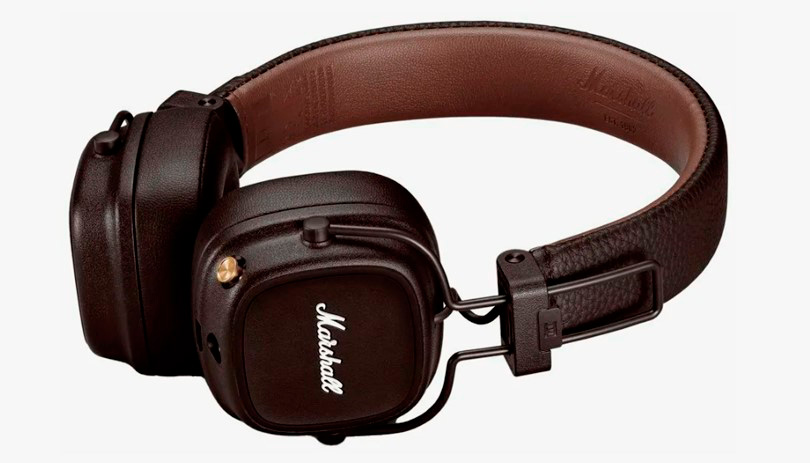
On-ear headphones/ear cushions do not cover the ears but rest against them. This type of ear cushion causes a lot of debates, for some people they are not suitable because they press against the ears too much, causing unpleasant sensations after a few minutes. Others have no problems with them. The final comfort depends on the listener's physiology and the design of the specific model. On-ear headphones are smaller and lighter, so they are often perceived as portable. If possible, it is better to choose over-ear headphones for home use.
The first and most common material is leather/leatherette. Natural leather is rarer/in premium models. Artificial leather comes in various types and very different quality, some of it is almost indistinguishable from real leather (it "breathes" and is no less reliable), while other types are inferior in quality. These materials are generally quite durable and do not irritate. Thanks to their good noise-isolation characteristics, leather/leatherette ear cushions are very often installed on noise-isolating headphones (closed-back). These ear cushions can also be washed or wiped with a damp sponge. The downside is that during prolonged use in a hot and stuffy room, slight perspiration appears on the ears, causing the ear cushions to become stiffer over the years and need soaking in water or replacing.
The second type of material for ear cushions is velour. Probably the most interesting option for comfortable listening. These ear cushions are very comfortable and well-ventilated, preventing the ears from sweating during prolonged use. Velour is also a very pleasant and soft material, and very often headphones with velour pads become unnoticeable on the head after a while, providing an interesting effect and excellent comfort. One advantage of this material is that it is very durable with proper care and velour ear cushions can be washed in a washing machine. The downside is that velour ear cushions can collect dust/dirt faster than leather ones.
The third type of material is fabric-wool/microfiber/acoustic fabric. Also quite soft and comfortable ear cushions. Usually used in inexpensive budget models. They have good ventilation and can also be washed.
The fourth type is foam. Currently mainly used in GRADO headphones. Due to special impregnation, they last longer but are generally not the most durable material. Over time, they can be replaced or soaked in water. Foam is quite comfortable, although it is inferior to velour in terms of sensations.
Cable
A very important component of headphones, whose significance is often underestimated. A good cable is a guarantee of durability and good sound. Some manufacturers do not pay much attention to the cable, resulting in it either breaking at a certain point or its poor quality affecting the sound clarity. Cables can be single-sided or double-sided, as well as straight or coiled.
Single-sided cable
Without a doubt, more convenient and practical, it does not interfere when turning the head and there is less chance of breaking the cable at the ear cup because a single-sided cable is thicker.
Coiled or straight?
This question is often asked by people choosing headphones.
Both types have their advantages and disadvantages.
A coiled cable looks like a telephone cord, stretching when moving away from the sound source and compressing when approaching. The main advantage is that the unnecessary part of the cable does not dangle underfoot and does not get tangled, creating knots, and does not lead to cable fraying and breaking. Another plus is that all coiled cables are quite thick and strong, making it difficult to break such a cable. Especially convenient is the coiled cable if the sound source is no more than 2.5 meters away. The disadvantage of the coiled cable is the impossibility of using headphones at a distance of more than 2.5 meters because the cable starts to pull the ear cup or the plug may pop out of the audio device's socket. This problem can be solved by purchasing a headphone extension cable. However, before choosing the type of cable, decide on the distance you usually listen to headphones because, for example, for a computer, 2.5 meters is more than enough.
Straight cable in headphones designed for home use is usually 3 meters long. It is advisable to choose headphones with a thick cable with Kevlar thread, adding reliability even with intensive use.
It is also very convenient when the cable is detachable. If it breaks or gets damaged, it can be replaced by buying a new one. Or you can immediately replace the stock cable with a higher quality one, which can improve the sound of the headphones.
Jack
Usually, one type of connector is used in headphones - a jack. Jacks come in several sizes (diameters) - 2.5 mm, 3.5 mm, 6.3 mm. The most commonly used are 3.5 and 6.3 mm. Very often, headphones come with a 3.5 mm mini-jack and an adapter for 6.3 mm. If your headphones have a 6.3 mm jack and you need an adapter, it is better to buy high-quality flexible adapters. Standard molded adapters are very bulky and inconvenient to use, and they can also damage equipment with a sudden jerk.
Gold-plated or nickel-plated? There is practically no difference in sound between gold-plated and nickel-plated jacks. Only very expensive headphones usually use 24-carat gold for better conductivity.
Do you need noise isolation?
This is a question everyone should answer for themselves. To better understand what noise isolation means, let's look at the types of acoustic design of headphones and discuss all the pros and cons of different types:
Noise-isolating, Closed-back Headphones
The back wall is completely closed. The sound almost does not escape outside.
Pros:
- Noise isolation is necessary if you are in a noisy room, and external sounds and noises interfere with listening to music material. Noise-isolating headphones are designed to protect against external noises. Noise-isolating headphones are essential when you need the sound not to go beyond the headphones. This is justified when you are in the same room with other people and do not want to disturb them with sounds coming from the headphones.
Cons:
- Sound balance distortions due to the resonance of sound waves with the back wall of the headphones. Inexpensive closed-back headphones exhibit the "barrel" effect. External noises and sounds are not heard. If your phone rings, you will hardly hear it even at an increased volume. To understand whether you need noise isolation or not, you need to ask yourself a simple question: will you listen to music in one room with other people or in a noisy environment?
Open-back Headphones
Open-back headphones have an open-back wall, allowing sound to pass freely outside. This type of acoustic design offers natural sound quality but lacks noise isolation.
Pros:
- Natural and open sound, as there is no resonance effect with the back wall.
- Less ear fatigue during prolonged use since the ears can "breathe."
Cons:
- No noise isolation, which means you will hear all external sounds, and others will hear what you are listening to.
- Not suitable for noisy environments or shared spaces.
Semi-open Headphones
Semi-open headphones are a compromise between open-back and closed-back designs. They provide partial noise isolation while maintaining some of the natural sound characteristics of open-back headphones.
Pros:
- Balanced sound with partial noise isolation.
- More natural sound compared to fully closed-back headphones.
Cons:
- Not as effective in noisy environments as closed-back headphones.
- May still allow some sound to escape, disturbing others around you.
Conclusion
When choosing headphones, consider where and how you will use them. For home use in a quiet environment, open-back or semi-open headphones may offer the best sound quality and comfort. In noisy environments or shared spaces, closed-back noise-isolating headphones are preferable. Pay attention to the headband design, ear cushions, cable type, and jack to ensure you select a durable and comfortable pair of headphones that meet your needs.
